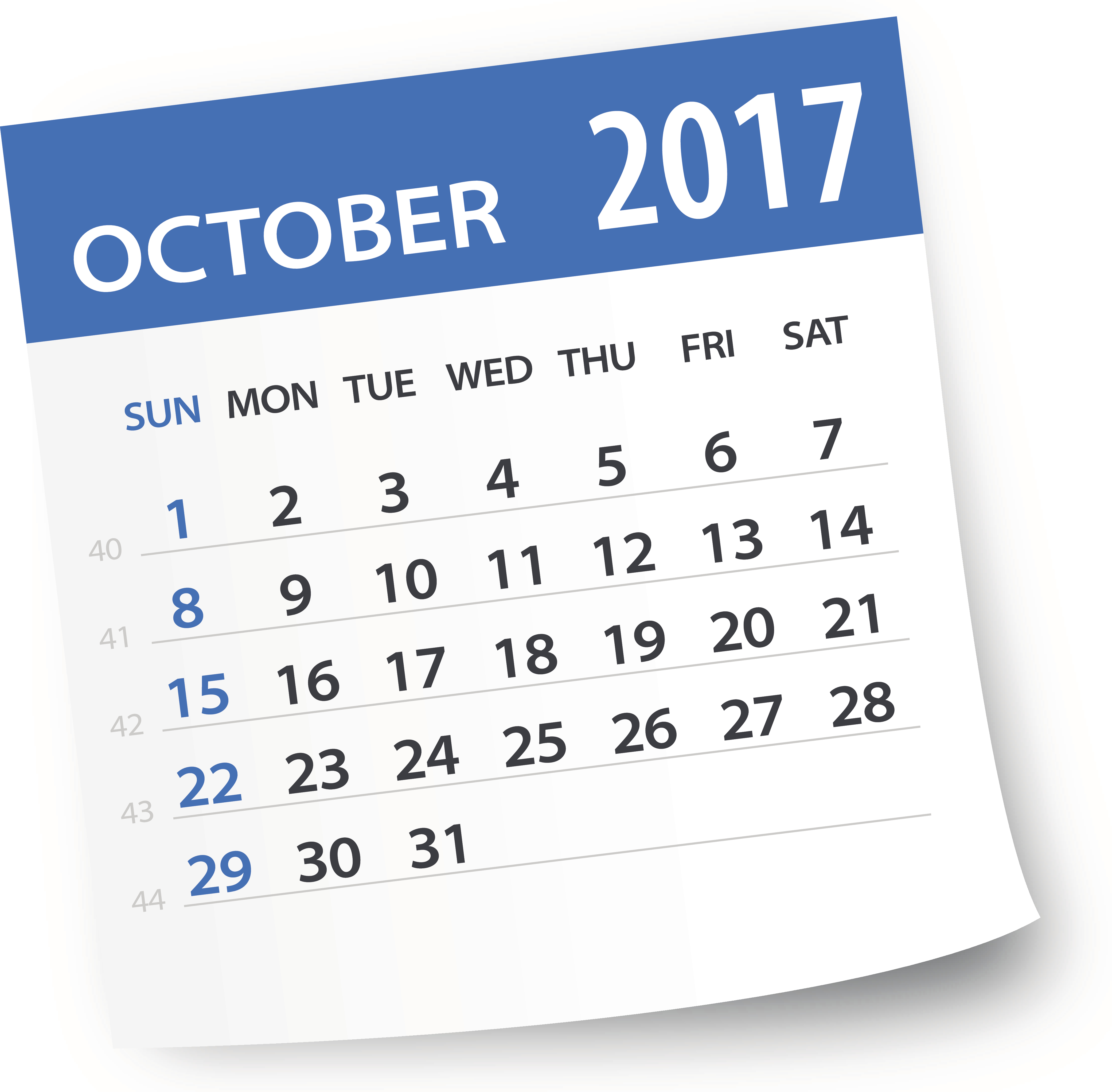While some of you may be familiar with the two dyslexia fonts highlighted below, many may not be aware of the specifics of how they can assist as reading improvement tools. Several of our JAN staff learned more about these fonts while attending the 2016 CSUN Conference — 31st Annual International Technology and Persons with Disabilities Conference held at California State University Northridge in San Diego a couple of weeks ago.
Both of the following fonts have been shown to be highly effective in improving reading skills for many people with dyslexia by helping to better differentiate between letters, aiding in the reading process.
Here’s a brief look at how they work:
Dyslexie uses a heavier, bolder line thickness that emphasizes the bottom of most letters. This anchors the letters and helps prevent substituting, rotating, and flipping of letters. The Dyslexie font is designed so that every letter has its own unique form. Some differences between the Dyslexie font and others are slanted lines, weighted bottoms, larger openings in the letters, such as a, e, and c. The ascending stems of letters like f and h have been made taller, as well as the descending tails of letters such as p, q, and y. The spacing between letters and words is increased to prevent crowding. The capital letters and punctuation marks are bolder so that it is easier to identify the beginning and ending of sentences.
OpenDyslexic is a font also created to increase readability for individuals with dyslexia. The typeface includes regular, bold, italic, and bold-italic styles. OpenDyslexic is created to help with some of the symptoms of dyslexia. Letters have heavily weighted bottoms to indicate direction. Readers are able to quickly figure out which part of the letter is down, aiding in letter recognition, and helping keep the brain from rotating them around. Consistently weighted bottoms can also help reinforce the line of text. The unique shapes of each letter can help prevent confusion through flipping and swapping. OpenDyslexic is being continually updated and improved based on input from users with dyslexia.
If you or someone you know has dyslexia, be sure to check out both Dyslexie and OpenDyslexic to see how effective they might be!
For information on Accommodation Ideas for Learning Disabilities, visit our JAN Website.











